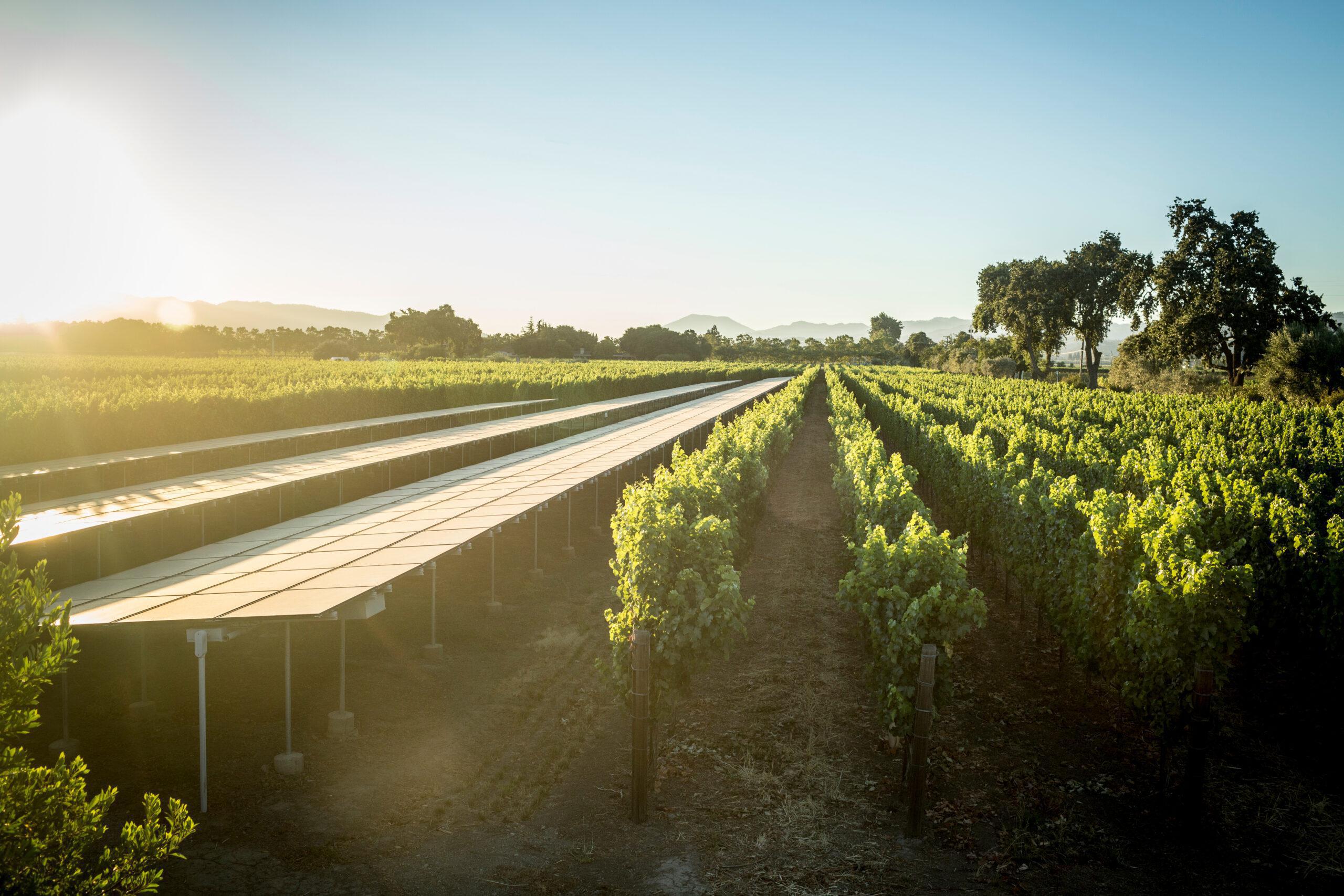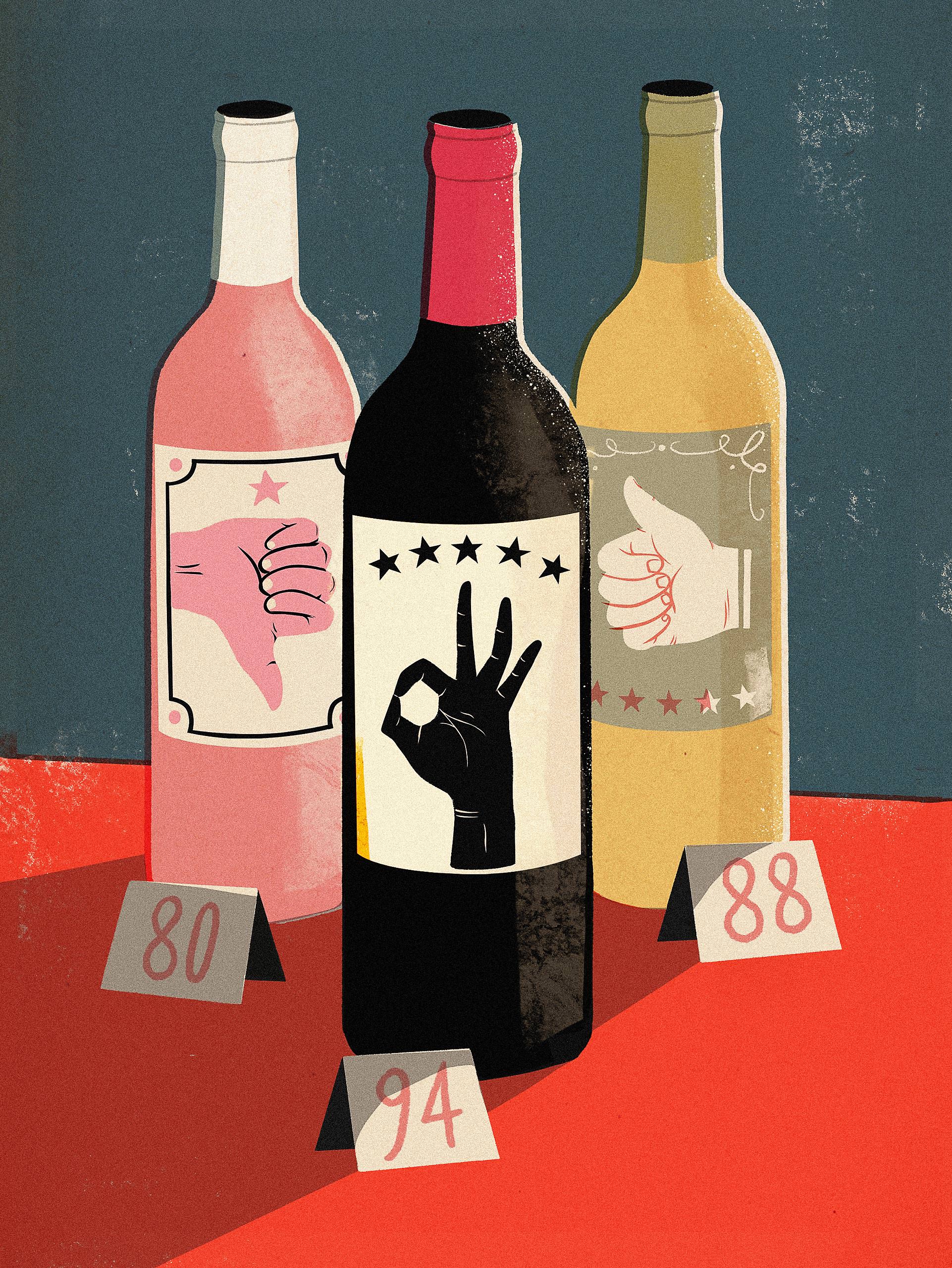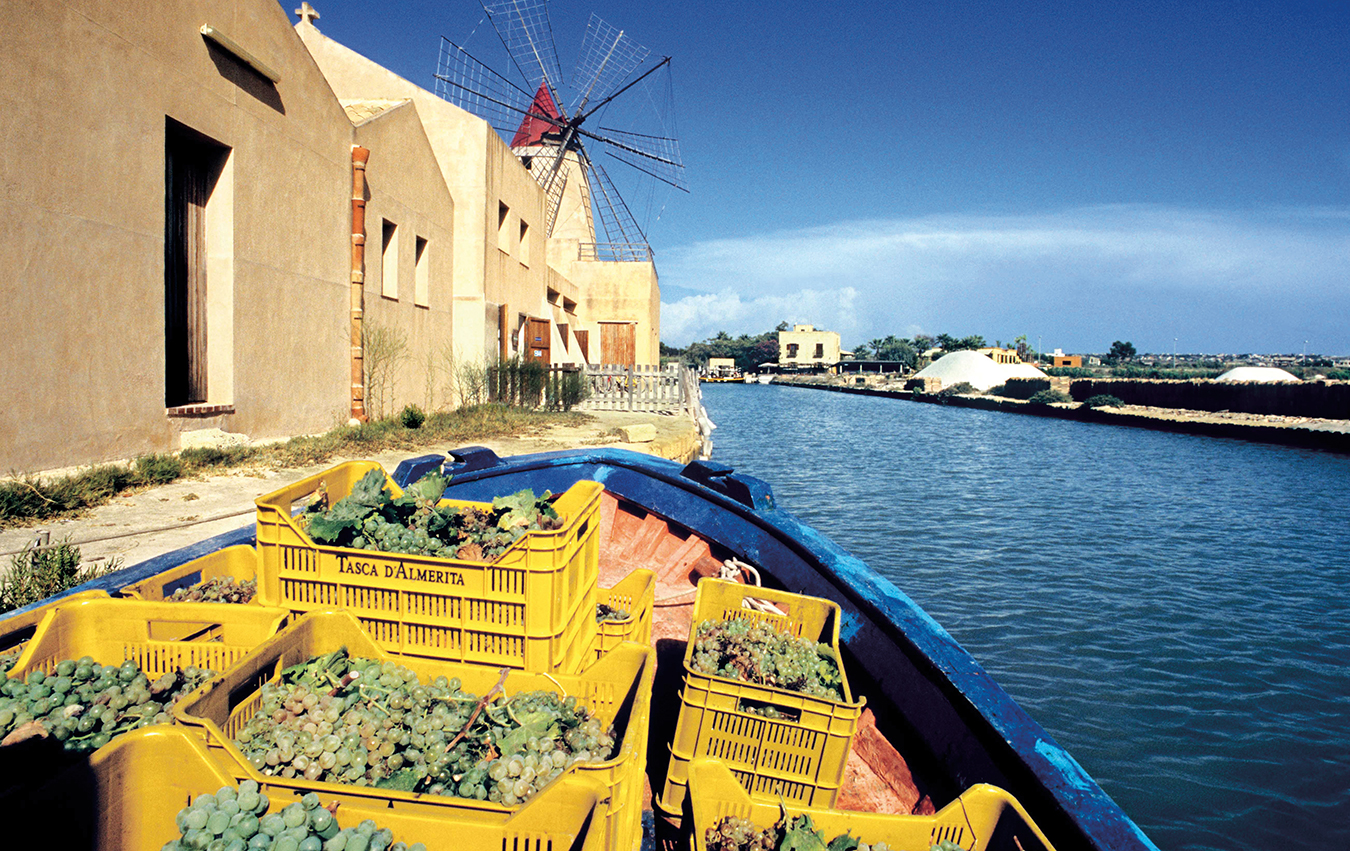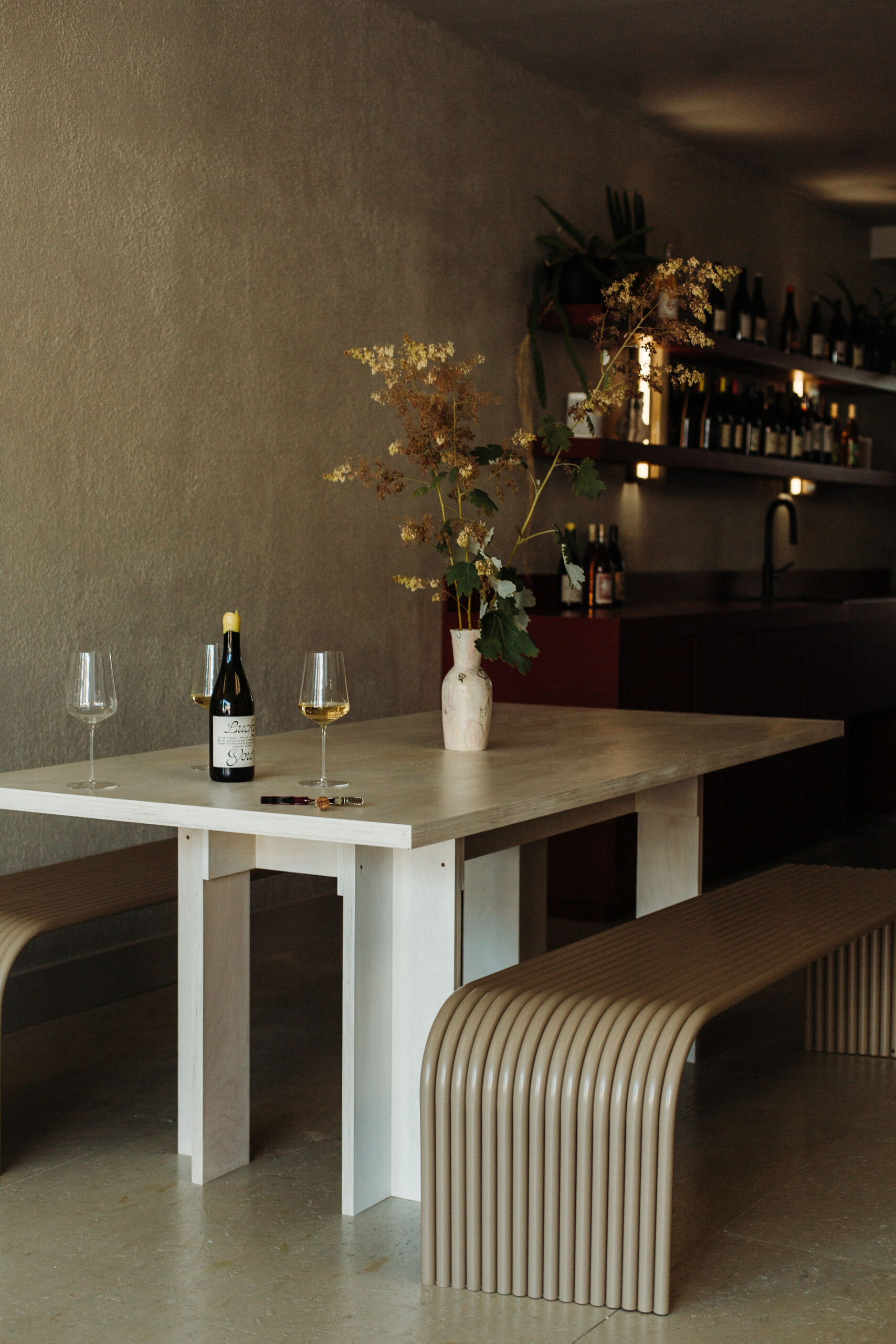Napa Valley Goes Green
From soil to bottle and everything in between.

Napa Valley is green for much of the year, from spring, when the vines produce their new leaves, until autumn, when the leaves turn yellow before falling off and the vines settle in for their annual hibernation. But Napa Green, the regional sustainability program, is turning the valley metaphorically green year-round—and not only the vineyards, but also the wineries, cellars, and all the commercial operations.
Like wine regions the world over, Napa Valley has adopted certification programs to help wine-producers do their bit to roll back environmental degradation and regenerate the land. Napa is a region where these issues are immediate. Periodic droughts threaten the viability of vineyards that rely on irrigation, and annual wildfires in the valley threaten to destroy vineyards and taint grapes with smoke residue.
Sustainability programs adopted by wineries are sometimes scorned as “greenwashing.” But Napa Valley wineries know they need to take meaningful action, and they’ve made Napa Green a leader in the wine industry’s move toward environmental responsibility. In the vineyard, it includes measures to reduce water use, prevent soil erosion, reduce harmful inputs such as chemicals, and protect the habitat. In the cellar, it means saving energy and water, reducing carbon footprints, and maximizing recycling.
It’s what Anna Brittain, Napa Green’s executive director, calls a soil-to-bottle program—and it literally involves bottles, as producers are encouraged to forsake the heavy glass bottles iconic red wines are often packaged in. Glass, Brittain says, accounts for a huge percentage of the industry’s carbon footprint. Lighter bottles are good for everyone, especially people who have to carry cases of wine, but we might see the progressive return of corks at the expense of the easy-to-remove screwcaps that have become so common in the last 20 years: cork is simply the bark of a tree that renews itself naturally—an archetypal renewable resource, if ever there was one—and corks can be recycled.
But Napa Green is not just about stuff, like glass, corks, and water. It’s also about the people in Napa’s wine industry. Racial and gender equity policies are built into the standards for employment practices. They embrace hiring, opportunities for advancement, health care, and salaries. As with vineyard and cellar practices, the program enables wineries to measure their progress with personnel.
What does this mean in real terms for wineries? Jon Ruel, CEO of Trefethen Vineyards, one of the early members of Napa Green, embraced it enthusiastically: “It’s a project about your land.” An example of his sustainable measures: when one block of merlot was underperforming because the vines were too vigorous, he planted cover crops between the rows to “steal water” from the vines. The vines soon balanced their foliage and grapes.
Ruel warns that “sustainability is not a destination; it’s a journey,” and here he’s in agreement with Haley Duncan, a member of the family that owns Silver Oak Cellars and its safety and sustainability manager. Napa Green, she says, is not a set of fixed goals but will evolve. One of Silver Oak’s projects was to install enough solar panels—3,000 of them—to provide all the power for the winery. The winery has LEED Platinum certification.
Napa Green clearly benefits the environment and the people who work in Napa Valley’s wineries, but do its effects extend to the contents of the bottle? Does sustainably produced wine taste better or even different? Jon Ruel thinks not—not if you think of taste in the narrow sense. But if you think contextually, and you know that the wine you’re drinking was made with respect for the land, he says, “it doesn’t just taste great, it feels great!”
These wines are produced by wineries certified by Napa Green:
Beringer Private Reserve Chardonnay 2018 (Napa Valley)
Clos du Val Estate Cabernet Sauvignon 2015 (Napa Valley)
Hall Cabernet Sauvignon 2017 (Napa Valley)
Hoopes Cabernet Sauvignon 2017 (Oakville, Napa Valley)
Revana Terroir Series Cabernet Sauvignon 2017 (Napa Valley)
Robert Mondavi The Reserve Cabernet Sauvignon 2018 (To Kalon Vineyard, Oakville, Napa Valley)
Silver Oak Napa Valley Cabernet Sauvignon 2015 (Napa Valley)
Trefethen Cabernet Sauvignon 2016 (Napa Valley)








